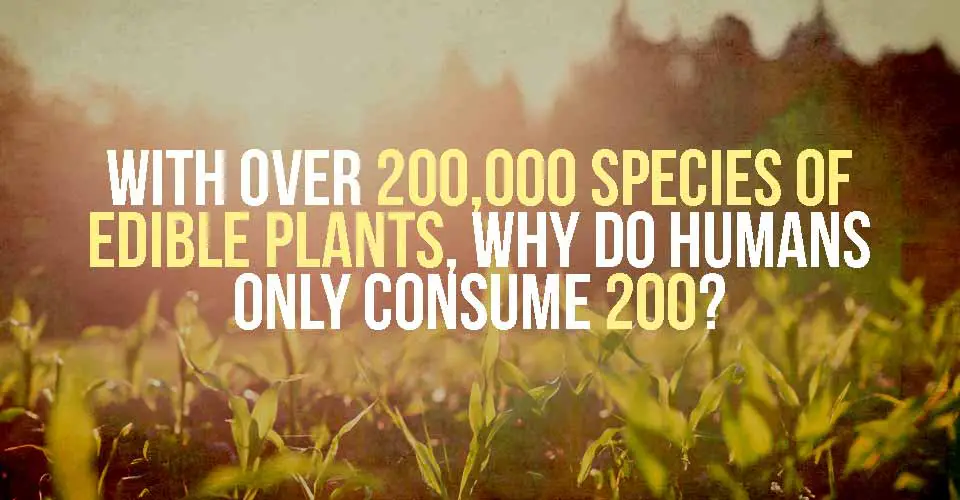
Even in the most developed countries in the world, there are still issues with food supplies and g. Now, maybe I’ve been watching too many episodes of The Walking Dead or paying too much attention to the GMO debate, but I am more anxious to get my garden started this year than I have been in years past. While doing some research into how I can be nearly completely self-sufficient at providing my own food, I came across an interesting statistic. According to most scientists, there are roughly 400,000 species of plants on the planet. Of those, at least half of them are edible.
Buy an “Intelligence is sexy” t-shirt!
What shocked me was the fact that, being the silly human beings that we are, on average we only consume 200 of these edible plant species. Even at the most generous of estimates, that is 0.1%. Of that 0.1%, there are 3 crops – corn, rice, and wheat – that make up 50% of the calories that the entire planet gets from plants. Yes, half of the calories from plants that the entire population of the planet comes from 0.0015% of the plant species available to us. Let that sink in. Well, as absurd as it sounds, there are actually a couple of good reasons why we are so seemingly picky as a species.
The Evolution of Cultivation
As our ancient ancestors developed their diets, they had to be extremely efficient at figuring out what we could eat and what we couldn’t. That makes sense, right? If you ate a toxic plant you died. As our ancestors became hunters and gatherers, chances are that they weren’t very adventurous. Even then, there are plants that we eat every day that are technically toxic to the body. Peppers, for instance, are spicy because it is a defense mechanism for them. Tomatoes, potatoes, and other root vegetables contain cyanide. Keep in mind also, this is before we even get to the question of flavor. Basically, once early man figured out which plants tasted good and had a lower chance of killing them, they just kind of quit looking for alternatives. Hey, if it’s not broken – don’t fix it.
Read: Nature’s Social Network: How Plants Actually Communicate
The Complex Sex Lives of Plants
With the advent of farming came a new challenge: pollination. Pollination is literally how plants breed, and some of them have very strange sex lives. Scientists believe that plant species have co-evolved with the insect species that are responsible for their reproduction. Take orchids for instance: although there are 25,000 individual species of orchids, most of them have very complicated reproductive processes. Think of the orchids as the kinky flowers of the plant world. If you are looking to grow a crop to sustain a food supply, the last thing you need is a plant that has a complicated reproductive cycle. Those same 3 crops I mentioned earlier are also the easiest to pollinate – and that’s not a coincidence.
Read: A Metaphor for Life: “Changing Your Soil”
So, as absurd as the percentage of edible plants that we actually consume may be, in the end, you have to think about the viability of production. There could be the most delicious fruit known to man deep in the Amazon jungle, but chances are that it is so tightly interwoven into its particular ecosystem that it would be impossible to produce anywhere else in the world. I would have to venture a guess that mother nature’s tastiest treats have the most complicated reproductive processes – because that is her sense of humor.

